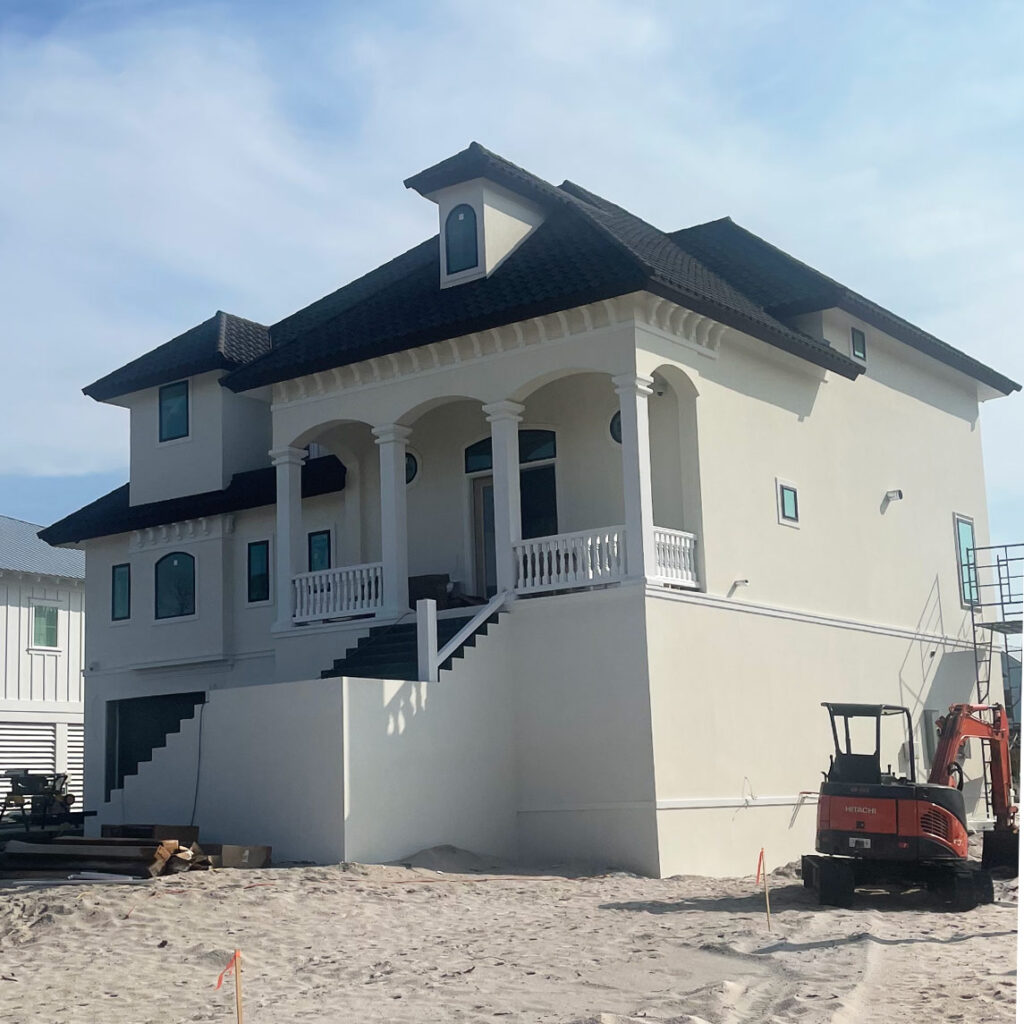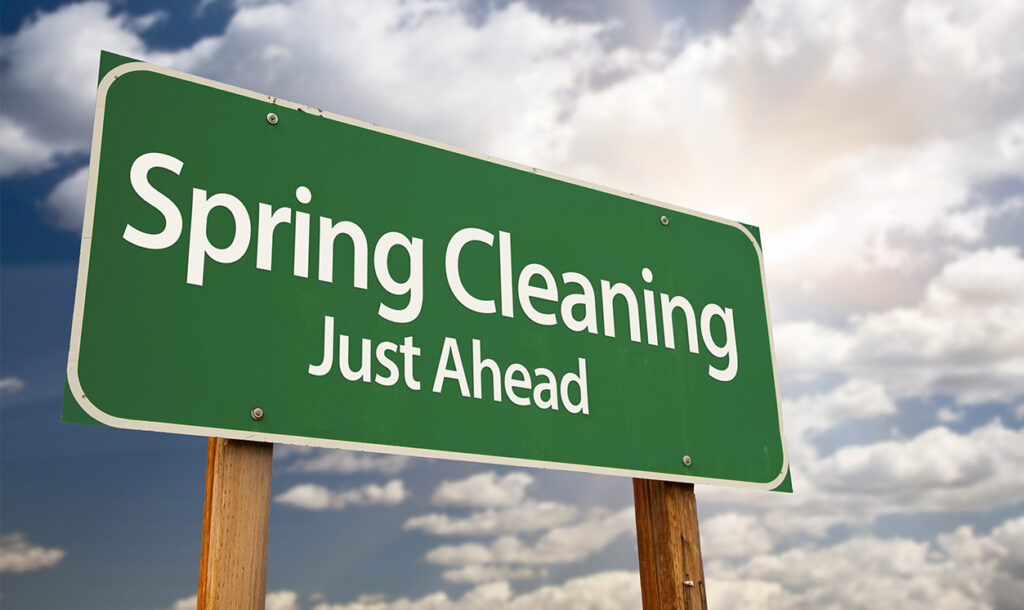When you’ve invested in a concrete home, whether it’s for the longevity, durability, or modern design, ensuring that it lasts for years to come becomes a top priority. Concrete homes are known for their sturdiness and resilience, but like any structure, they require care and maintenance to keep them in optimal condition. With a bit of attention, your concrete home can remain a solid and attractive sanctuary for decades, if not centuries.
A Strong Foundation
Concrete is often celebrated for its impressive durability. Known for its ability to withstand harsh weather conditions, resist fire, and stand strong against pests like termites, concrete is indeed an ideal material for building homes. But like any material, concrete isn’t impervious to the effects of time. Even with concrete’s legendary toughness, there are elements that can weaken it, such as water damage, temperature fluctuations, and even natural wear and tear from regular use. By maintaining your concrete home properly, you ensure that these factors don’t compromise its structural integrity.
So, what exactly should you be doing to care for your concrete home?
Regular Inspections
The first step to maintaining your concrete home is conducting regular inspections. Whether you hire a professional or do it yourself, you need to take the time to carefully assess both the exterior and interior of your home. Look for any signs of cracks, moisture seepage, or surface damage, as these could be early indicators of a potential issue.
Concrete is strong, but it is also susceptible to cracking, especially if there is movement in the foundation or due to shifting temperatures. Cracks can form naturally over time as concrete settles, but significant or large cracks can lead to bigger issues down the line. Keeping an eye out for even the smallest cracks allows you to address these problems before they grow worse.
In addition to cracks, you should also look for areas where water might be entering the home. Concrete homes are more resistant to water damage than other building materials, but improper sealing or drainage can still lead to moisture buildup. Pay attention to areas around windows, doors, and basement floors, as these can be prone to moisture infiltration. Catching water damage early is key to maintaining the integrity of your concrete structure.
Sealing and Waterproofing
While concrete is naturally resistant to water, it’s not completely waterproof. Over time, moisture can seep into the concrete, causing it to weaken, crack, or even develop mold. To protect your home, it’s essential to apply a high-quality sealant to the exterior of the building every few years. This will help prevent moisture from getting into the walls and foundation.
Waterproofing is especially important in areas prone to heavy rain, snow, or humidity. Foundation walls and basements are particularly vulnerable to water intrusion, which can cause issues like cracking, weakening the structure, or even flooding. By using appropriate waterproofing techniques, such as installing drainage systems or adding sealant to your foundation, you can safeguard your home from the damaging effects of water.
Proper Drainage
One of the most important aspects of concrete home maintenance is ensuring that water stays away from your foundation. Poor drainage is a common cause of structural damage, and it’s something that can be easily overlooked. Water that collects around your foundation can put pressure on the concrete, leading to cracks, leaks, and even foundation failure over time.
To keep your foundation safe, ensure that your gutters are clean and clear of debris. Clogged gutters can cause water to overflow and pool around your home, which increases the risk of water damage. Additionally, check that your downspouts are directed away from the foundation, and consider installing a French drain system if water tends to accumulate around your home.
Proper landscaping is also crucial in preventing water from seeping into your concrete foundation. Ensure that the ground around your home slopes away from the foundation to direct water away from your walls. Even simple adjustments in landscaping can help keep moisture at bay and prevent future damage.
Cleaning and Maintenance
One of the many benefits of concrete homes is their low maintenance compared to other materials, like wood, which can require frequent repainting or resealing. However, even concrete surfaces require regular cleaning and upkeep to maintain their fresh appearance. Dirt, grime, and stains can accumulate over time, diminishing the overall look of your home.
To clean your concrete walls, floors, and exterior, it’s best to use a mild cleaning solution mixed with water and a soft brush. Pressure washers can be effective, but they can also damage the surface if used too harshly. Regular cleaning helps remove buildup that could contribute to wear and tear.
It’s also essential to take care of any staining on the concrete, such as oil stains or rust marks. There are a variety of concrete cleaning products available that can remove these stains, helping to restore the surface and ensure that your home retains its curb appeal.
Protecting Against Weather Damage
Another significant advantage of concrete homes is their ability to withstand extreme weather conditions, whether it’s heavy rainfall, high winds, or even wildfires. But, even concrete structures can suffer damage when exposed to severe weather without proper preparation.
For homes in colder climates, freeze-thaw cycles are one of the biggest threats to concrete durability. When water enters the small pores in the concrete and freezes, it can expand, causing cracking and surface deterioration. To protect your concrete from freeze-thaw damage, consider applying a water-repellent sealant that prevents water absorption.
In areas prone to extreme heat, it’s also important to shield your concrete home from the damaging effects of prolonged sun exposure. UV rays can cause the concrete to fade or discolor, especially on exposed surfaces. A good sealant or protective coating can help preserve the appearance of your concrete and protect it from sun damage.
Maintaining Concrete Floors and Surfaces
When it comes to the interior of your concrete home, maintaining the floors and surfaces is just as important as taking care of the exterior. Concrete floors are often prized for their sleek, modern appearance and easy-to-clean nature, but regular maintenance is needed to keep them looking their best.
In high-traffic areas, concrete floors can become scratched or scuffed, which can detract from their clean aesthetic. Regularly sweeping or vacuuming the floors to remove dirt and debris is essential. Additionally, applying a concrete floor sealer can help prevent staining and make cleaning easier. A protective coating will also help the floors resist scratches and wear over time.
If you have polished concrete floors, it’s important to maintain their shine by occasionally buffing them. Depending on the level of traffic, you may need to reapply the sealer every few years to maintain the protective layer.
Addressing Cracks and Settling
Over time, concrete may develop small cracks due to settling, temperature changes, or other natural factors. While small cracks are a normal part of a concrete structure’s life, they should still be addressed to prevent further damage.
For minor cracks, you can apply a concrete repair product that fills in the gaps and restores the surface. For larger cracks, it’s a good idea to consult a professional contractor to assess whether there’s a more significant issue with your foundation or structure. Neglecting to address larger cracks can lead to more serious problems down the road, including water infiltration and structural instability.
Keeping Your Concrete Home Safe and Secure
While maintaining the physical integrity of your concrete home is essential, it’s also crucial to ensure the safety and security of the people living in it. This includes checking systems like plumbing, electrical wiring, and HVAC systems, as well as ensuring that doors and windows are properly sealed. Regular maintenance of these elements will not only keep your home functional, but it will also contribute to its longevity.
A Little Care Goes a Long Way
A concrete home is a solid investment that can provide you with decades of durability and comfort. But like any home, it requires regular maintenance to ensure its longevity. By inspecting your home for damage, sealing against moisture, maintaining proper drainage, cleaning surfaces, and addressing issues like cracks or settling early, you can keep your concrete home in top shape for years to come. With a little care and attention, your concrete home can continue to stand strong and beautiful, providing a safe and secure environment for generations.


